Report: Hyundai Patents Dual-Joystick Controls

While the Hyundai Ioniq 6 has retained quite a bit from its conceptual precursor, some of the most interesting aspects of the Prophecy EV failed to carry over. The production Ioniq 6 looks less like the Phantom Corsair the concept had been channeling and more like a remastered Citroën DS – which isn’t necessarily a bad thing.
Gone are the pixel tail lights, the flowing, seamless bodywork, and abundant minimalism that made the concept feel like a modern interpretation of the futuristic notions swirling prior to World War II. Also absent are the twin joysticks Hyundai envisioned the model using as its primary controls. However, the manufacturer may not be through with those just yet, since there’s apparently a U.S. patent filing for them.
Based on reporting from CarBuzz, Hyundai has filed the necessary paperwork with the United States Patent and Trademark Office (USPTO) for a dual-joystick driver interface akin to what we originally saw on the Prophecy concept. Though they’re not joysticks in the traditional sense, as they don’t offer roll, pitch, and yaw. Instead, the controls sit on either side of the driver with the ability to be rotated around a central shaft – mimicking a steering wheel by moving either left or right.
From CarBuzz:
The shafts are linked to force feedback actuators to provide counter-pressure to the driver's hands in an imitation of steering feedback. Armrest pressure sensors, steering rack actuators, and a processor unit form the rest of the steering hardware, with the latter being crucial to the operation of the setup.
That's because, using the feedback actuators, the system will attempt to synchronize the movements between left- and right joysticks, to minimize driver confusion. If the two joystick angles differ too widely, the controller will consider the pressure on the armrest sensors to determine which joystick's position should take priority in its calculation of the desired steering angle. In this scenario, the force-feedback actuator will counteract the errant joystick movement as a means of alerting the driver to erroneous input.
The actual steering angle in this drive-by-wire system is determined by first checking if the joystick movement conforms to normal steering conditions and then calculating viable steering angles based on the vehicle's speed and surroundings.
Though having two sticks does appear to make the system needlessly complicated. The document states that the system actually compares the inputs of both sticks and then attempts to calculate the desired steering angle as it shifts the steering rack to make the front wheels comply. But it’s also supposed to compensate for lateral g-forces that might impact those inputs. For example, because the driver is bound to lean over during hard cornering, sensors in the armrests are supposed to compensate for any additional motion by feeding relevant data to the vehicle’s computer.
That information then gets wrapped up in an algorithm that’s looking at things like vehicle speed and attempts to mitigate steering inputs as noted above. It also helps decide how much feedback to give the driver in conjunction with what the wheels are doing. While this is standard practice for drive-by-wire systems, many automakers still haven’t managed to get it right and we imagine it’ll be even more difficult to provide natural-feeling feedback from a couple of rotating handles.
It’s an interesting concept and it looks as though Hyundai has given it serious consideration. But we’ve seen similar ideas going nowhere. CarBuzz noted that Ferrari previously patented a single seat-mounted joystick and that BMW once attempted to pioneer a twin-joystick yoke. But neither of those ever made it into production vehicles.
In 2021, Tesla also introduced a yoke-type steering wheel for select models. Though it was basically closer to the steering yokes you might see on an F1 car, rather than something you’d install into an aircraft. Regardless, it didn’t prove particularly popular with drivers – as the setup isn’t well suited for passenger vehicles with normal steering ratios.
Plenty of other companies are likewise working on non-traditional vehicle controls. However, none of them appear to be anywhere near ready to supplant the steering wheel. Our guess is that you’ll probably see Hyundai showing off its two-barrel joysticks in a few more concept vehicles before they’re retired. While we may eventually see alternative control schemes in automobiles, the wheel has already outlasted most other forms of mechanical manipulation that used to be commonplace during the early 20th century. It seems highly likely that it will stick around a while longer, with its potential replacements needing more development time before they become a serious threat to the status quo.
[Images: Hyundai; USPTO]
Become a TTAC insider. Get the latest news, features, TTAC takes, and everything else that gets to the truth about cars first by subscribing to our newsletter.

A staunch consumer advocate tracking industry trends and regulation. Before joining TTAC, Matt spent a decade working for marketing and research firms based in NYC. Clients included several of the world’s largest automakers, global tire brands, and aftermarket part suppliers. Dissatisfied with the corporate world and resentful of having to wear suits everyday, he pivoted to writing about cars. Since then, that man has become an ardent supporter of the right-to-repair movement, been interviewed on the auto industry by national radio broadcasts, driven more rental cars than anyone ever should, participated in amateur rallying events, and received the requisite minimum training as sanctioned by the SCCA. Handy with a wrench, Matt grew up surrounded by Detroit auto workers and managed to get a pizza delivery job before he was legally eligible. He later found himself driving box trucks through Manhattan, guaranteeing future sympathy for actual truckers. He continues to conduct research pertaining to the automotive sector as an independent contractor and has since moved back to his native Michigan, closer to where the cars are born. A contrarian, Matt claims to prefer understeer — stating that front and all-wheel drive vehicles cater best to his driving style.
More by Matt Posky
Latest Car Reviews
Read moreLatest Product Reviews
Read moreRecent Comments
- Lou_BC Well, I'd be impressed if this was in a ZR2. LOL
- Lou_BC This is my shocked face 😲 Hope formatting doesn't fook this up LOL
- Lou_BC Junior? Would that be a Beta Romeo?
- Lou_BC Gotta fix that formatting problem. What a pile of bullsh!t. Are longer posts costing TTAC money? FOOK
- Lou_BC 1.Honda: 6,334,825 vehicles potentially affected2.Ford: 6,152,6143.Kia America: 3,110,4474.Chrysler: 2,732,3985.General Motors: 2,021,0336.Nissan North America: 1,804,4437.Mercedes-Benz USA: 478,1738.Volkswagen Group of America: 453,7639.BMW of North America: 340,24910.Daimler Trucks North America: 261,959




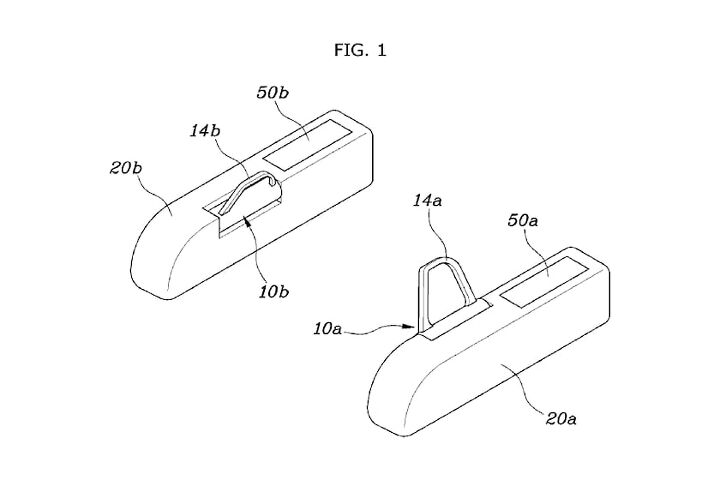



















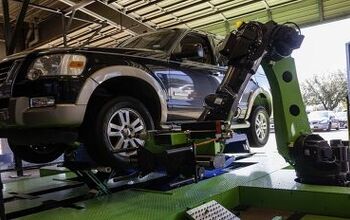


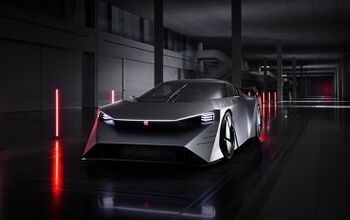
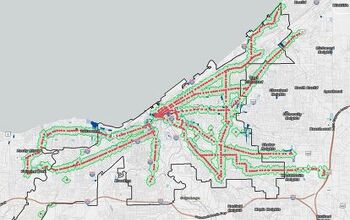
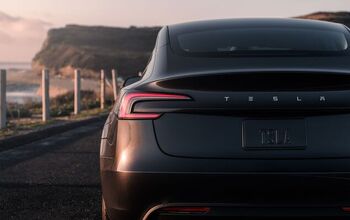

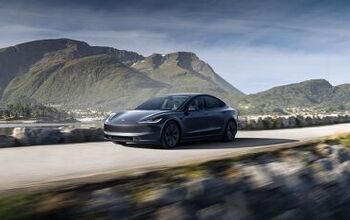




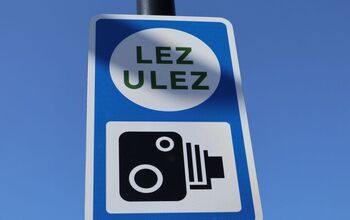
Comments
Join the conversation
Hyundai: I wonder why no one has attempted to improve the wheel.
Tesla: We tried.... it didn't work
Hyundai: STFU, we know what we're doing.
This dumb idea generated a lot of great humor from commenters.